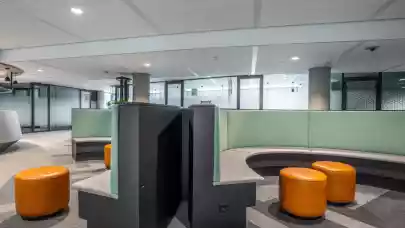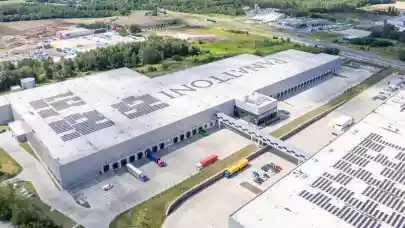
Tropical nights are becoming a common occurrence across Europe, trapping heat in cities and turning urban centres into uncomfortable hotbeds. As Europe's heatwave season starts earlier than it did five decades ago, many cities are enduring night-time temperatures exceeding 20°C, according to an analysis by Drees & Sommer.
Experts are now warning that without urgent adaptation, millions of urban dwellers could face dangerous heat stress every summer.
Gregor Grassl, Associate Partner and Head of Green Urban Development at Drees & Sommer, said that there are already practical solutions available to reduce extreme urban temperatures.
"Passive cooling strategies, such as external shading, green facades and roofs, and the use of energy-storing building materials, are essential to keeping indoor spaces comfortably cool," said Grassl. These targeted measures not only alleviate heat stress but also enhance air quality, boost energy efficiency, and foster biodiversity.
To combat urban heat islands, Drees & Sommer's urban development experts recommend several strategies based on their experience in German cities like Düren, Dormagen, and Rastatt. These include providing shade with trees, using greener facades and unsealing surfaces, and employing reflective and bright materials in construction.
Grassl noted the importance of trees: "Trees not only provide shade, they also cool the air through evaporation." He highlighted that in Rastatt, the planting of 1,000 new trees is helping to ensure cooler temperatures, while also absorbing carbon emissions and pollutants.
The report also advocates for low-energy cooling solutions, such as using underfloor heating systems for cooling and creating low-energy networks for neighbourhoods. It also suggests building vertically, as high-rise buildings can shade each other and contribute to better ventilation.
As European cities increasingly acknowledge the need to adapt to the climate crisis, they are implementing practical development projects. European initiatives, such as the EU Climate Adaptation Strategy, alongside funding from Cohesion Funds and Horizon programmes, are supporting these efforts.
Successful examples of climate adaptation are visible across the continent. In Paris, the Oasis Schoolyards project has transformed asphalt playgrounds into green, public cooling zones with water installations. Vienna has introduced temporary "cool streets" with mobile trees, mist showers, and seating areas, which have led to a noticeable improvement in quality of life during summer. Meanwhile, Rotterdam's Water Square Benthemplein cleverly manages water and protects against heat: it acts as a recreational area during dry spells and absorbs large volumes of water during heavy rain, with the surrounding green spaces cooling the air.



